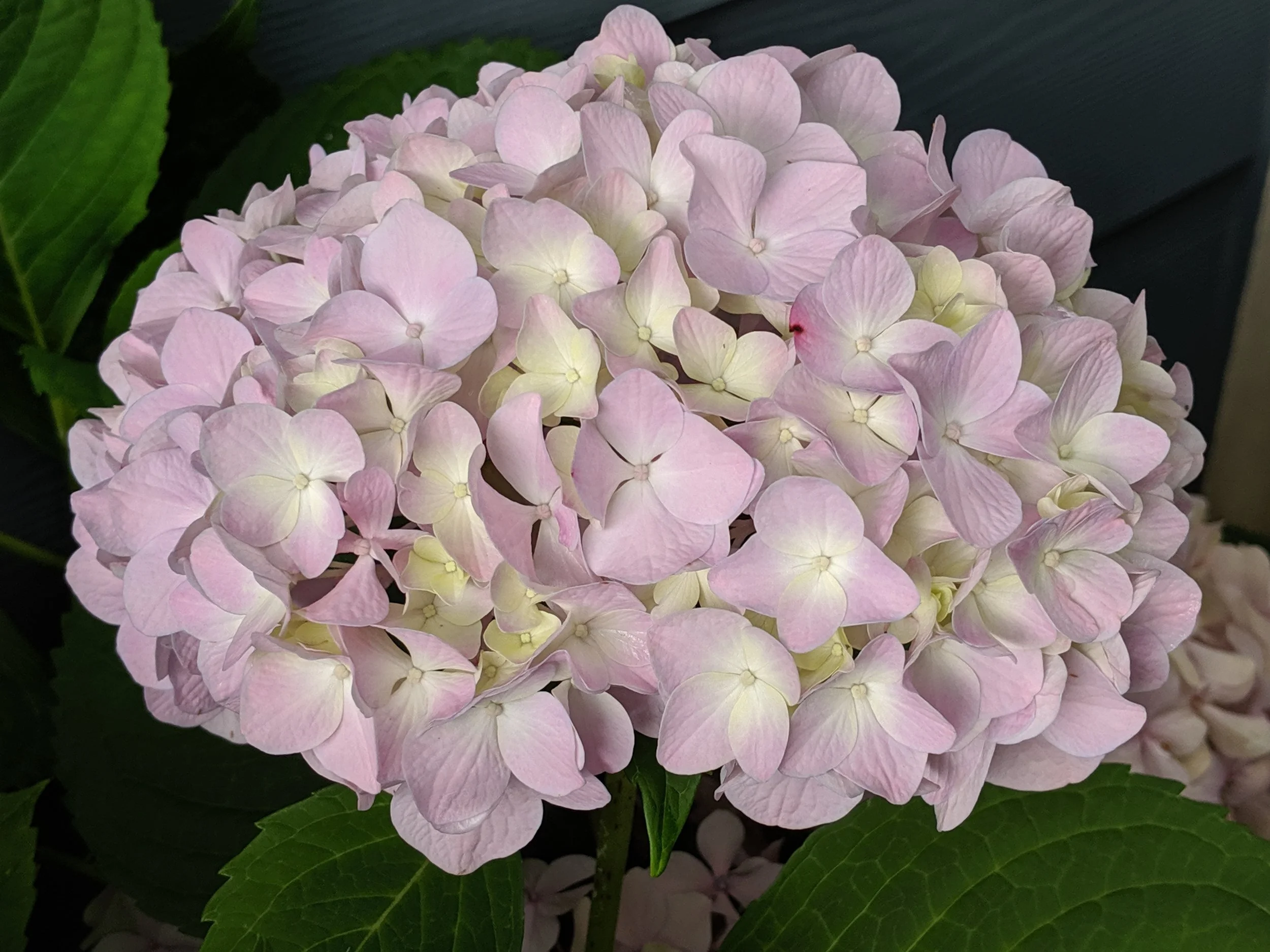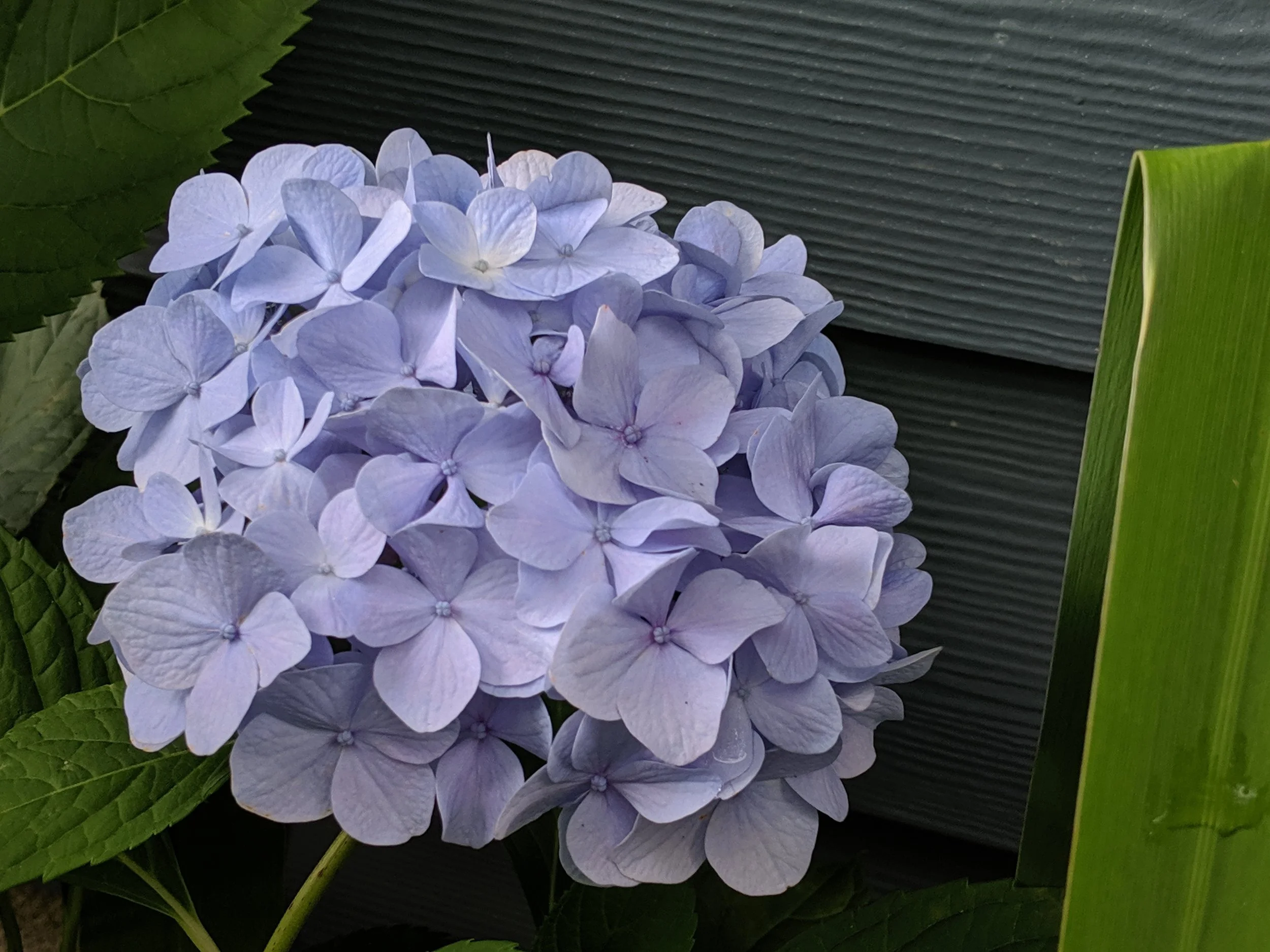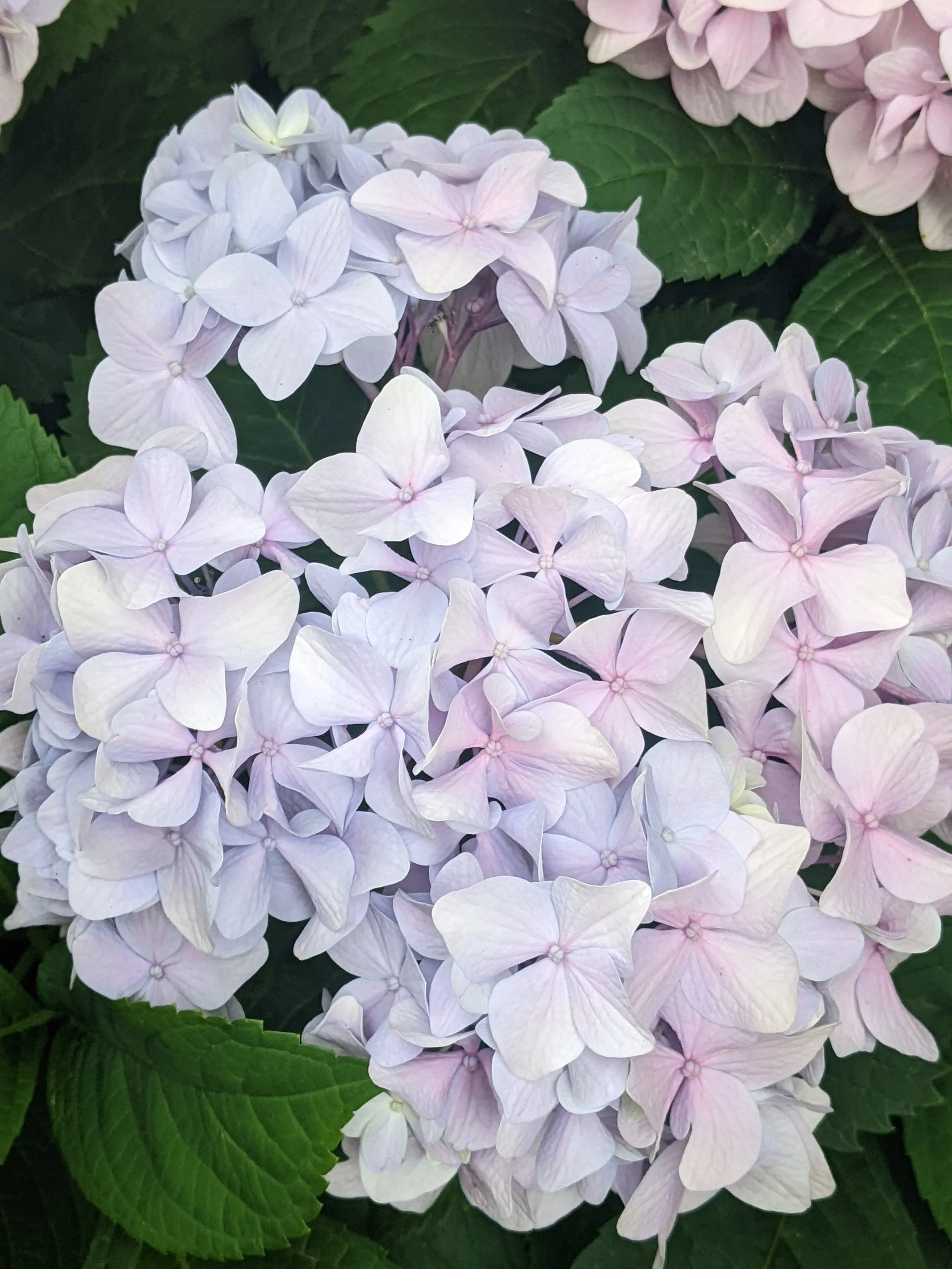Plant Profile: Hydrangea
Hydrangeas in the NC Garden: Drama Queens That Are Totally Worth It
If your NC garden were a reality TV show, hydrangeas would be the star—the glamorous, unpredictable, slightly temperamental diva with pastel mood swings and a thirst for attention (and water). But like any high-maintenance friend, once you figure out what they want, they reward you with jaw-dropping beauty, envy from the neighbors, and occasional heartbreak when they ghost you mid-summer.
So buckle up, friend. Let’s dive into how to grow hydrangeas in North Carolina—the land of heat, humidity, and clay soil that could double as pottery material.
First Things First: What Even Is a Hydrangea?
Hydrangeas are flowering shrubs that explode into big, showy blooms that look like floral puffballs. Think: wedding bouquets, Southern front porches, and garden goals you screenshot at 2 a.m.
They come in several varieties, but in your NC garden, you’ll mostly want to deal with these drama queens:
Bigleaf Hydrangea (Hydrangea macrophylla): The classic, change-color-with-your-soil divas.
Panicle Hydrangea (Hydrangea paniculata): Taller, tougher, and slightly less dramatic.
Oakleaf Hydrangea (Hydrangea quercifolia): Native to the Southeast and a little more go-with-the-flow. Hands down, she is my favorite!
Smooth Hydrangea (Hydrangea arborescens): Aka ‘Annabelle’—a sweet Midwestern gal with surprisingly large blooms.
All are fabulous. Some are extra. Choose accordingly.
Site Selection: Because They’re Picky About Where They Live
Hydrangeas need the perfect spot. Not too sunny, not too shady—basically like Goldilocks, but with roots and attitude.
Sunlight:
Morning sun, afternoon shade is ideal. Full sun = scorched leaves. Full shade = “I’m too tired to bloom.”
Panicle varieties can handle more sun. They're the “I’m not like other girls” of the hydrangea world.
Soil:
Moist, well-draining soil. Translation: Not North Carolina’s default clay, which holds water like a grudge.
Mix in compost. No, seriously. Get that black gold in there. Your hydrangeas are not trying to grow in concrete.
Planting: AKA Giving Them the Spa Treatment
You don’t just dig a hole and throw them in. This is a statement shrub, not a dandelion.
Dig a hole 2-3 times wider than the root ball. Wider = better.
Mix in compost, aged manure, or whatever organic goodness you have on hand. Hydrangeas are gourmands.
Gently remove the plant from its container and loosen the roots like you're giving it a gentle wake-up massage.
Plant at the same depth it was in the pot. Don’t bury it like you’re hiding evidence.
Water deeply and mulch around the base like a protective cocoon.
Pro Tip: Don’t crowd them. They hate that. Like, "will stop blooming out of spite" levels of hate.
Watering: Prepare Your Hose (and Your Soul)
Hydrangeas are THIRSTY. As in, they practically run on drama and water.
Water deeply 2–3 times a week during dry spells.
Morning watering is best. They like to sip before it gets too hot—relatable.
Drooping leaves? It's their way of saying, “Excuse me, peasant, I require hydration!”
Consistent watering = consistent blooming. Neglect them for one week, and they’ll remind you who’s in charge.
Pruning: Scary, Confusing, but Doable
Here’s where everyone panics, because when you prune depends on what type of hydrangea you have. And pruning at the wrong time? Oh honey, you just murdered next season’s flowers.
Bigleaf and Oakleaf: Bloom on old wood. Prune right after they bloom, like in July. Miss that window, and your plant will spend next summer sulking.
Panicle and Smooth: Bloom on new wood. Prune in late winter or early spring before new growth begins.
Rule of thumb: If you don’t know what type you have, leave it alone. It’s safer that way.
Fertilizing: The "You Up?" Text of the Garden
Hydrangeas love a snack, but not a buffet.
Use a balanced, slow-release fertilizer in spring.
Don’t overdo it. Too much nitrogen = lots of leaves, zero blooms. It's like buying a prom dress and never going to the dance.
For Bigleaf hydrangeas, you can manipulate bloom color:
Blue blooms = more acidic soil (pH below 6). Add aluminum sulfate or pine needles.
Pink blooms = more alkaline soil (pH above 7). Add lime.
Or just let them be purple and confused like the rest of us.
Common Problems (and How to Keep the Drama Minimal)
Wilting: Usually just thirst. Water, and they bounce back faster than your favorite rom-com heroine.
Brown leaf edges: Heat stress. Give them more shade or water more deeply.
No blooms: Wrong pruning time, too much fertilizer, or they’re just being difficult.
Powdery mildew: Too humid, too crowded. Space them better and keep airflow moving.
You’ll never eliminate drama with hydrangeas, but you can reduce it to a dull roar.
Winter Care: Tuck Them In Like Fussy Toddlers
In colder parts of NC (hey, mountains), cover Bigleaf varieties with mulch or burlap if a hard freeze is expected. Oakleaf and Panicle? They scoff at frost.
Don’t prune in fall—this is not a hot girl autumn activity. Let them rest.
Final Thoughts: Yes, They’re Divas. But You’re the Director.
Hydrangeas are like your favorite over-the-top friend: beautiful, complicated, and sometimes exhausting. But once they’re happy, they light up your NC garden like nothing else.
And remember—gardening is supposed to be fun. If a hydrangea throws shade (literally or figuratively), shake it off and try again next season. It’s just one plant. You're still fabulous.
So go on, add that touch of Southern elegance, that hydrangea hedge of your dreams, that Instagram-worthy bloom explosion. With a little love, a lot of compost, and a well-hydrated hose (and gardener), your NC garden will be the envy of the block—drama and all.




